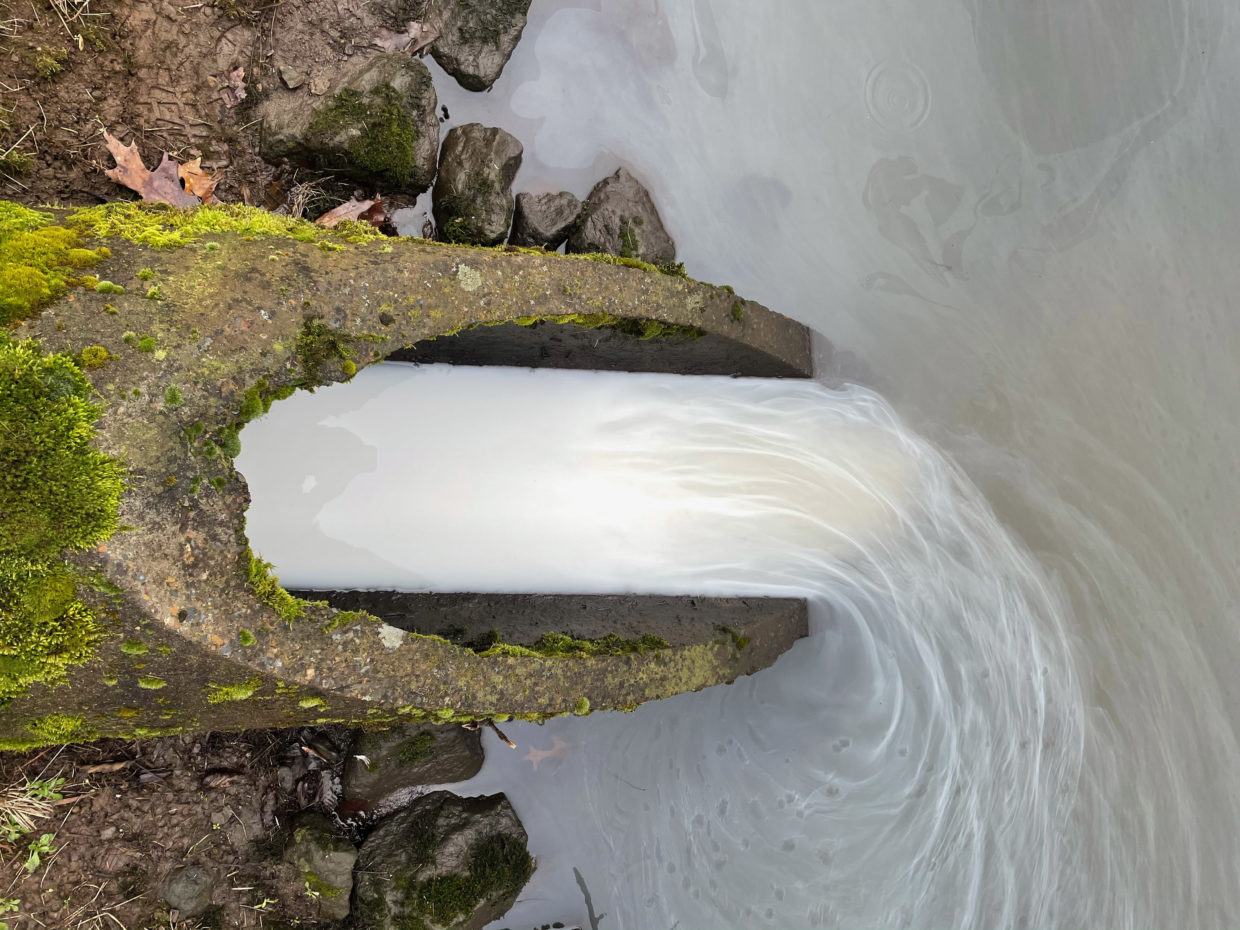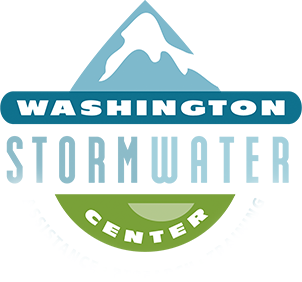
ISGP: Apply for Coverage
After assessing your site, you need to begin the application process in the form of an electronic Notice of Intent (eNOI).
While the NOI application process isn’t lengthy, there are several critical pieces of information you must know to complete the NOI. These items are explained below.

Navigating Ecology’s Website
There are several online accounts you must set up before you are able to access and submit permit documents. These accounts include a Secure Access Washington (SAW) account, A Department of Ecology Signature account, and Ecology’s WQ Web Portal. The eNOI must be submitted on the WQ Web Portal a minimum of 60 days before site operations. Information gathered during the eNOI process will be public information on the State of Washington Water Quality Permitting and Reporting System (PARIS), so it is important that the information is accurate and complete.

NAICS & SIC Codes
You will be required to know both the NAICS (often referred to as “nakes” or “nai-acks”) and the SIC code under which your facility will be operating. Some facilities will have secondary or co-located NAICS. These codes categorize a facility’s type of business or industry and are used by ecology to determine permit eligibility and additional monitoring that is required for a site.

Outfall and Discharge Locations
As part of the NOI process, you will be required to identify all the locations where stormwater leaves your site (known as ), and where that water enters a receiving water or infiltrates into the ground (known as “”). While discharge locations are located at the boundary of your site, outfalls can be located some distance from your facility. Identifying these locations can be tricky and often requires site walks and reviewing your jurisdiction’s GIS maps or archived drainage maps.
SEPA and Public Notice
Facilities that began operation after January 1, 2020, will be required to enter information regarding their State Environmental Policy Act (SEPA) decision as part of the NOI. These new facilities will also be required to publish a public notice in a newspaper circulated in the county the facility is located.
For more information about the SEPA process see our SEPA Page.
Conditional No Exposure
If you feel your site will not have discharge to waters of the state or none of your industrial activity is outside, you can apply for a Conditional No Exposure. Obtaining a conditional no exposure will exclude your facility from permit requirements. Your site must truthfully meet all of the Conditional No Exposure requirements and continue to operate in that way beyond the NOI process to qualify.


